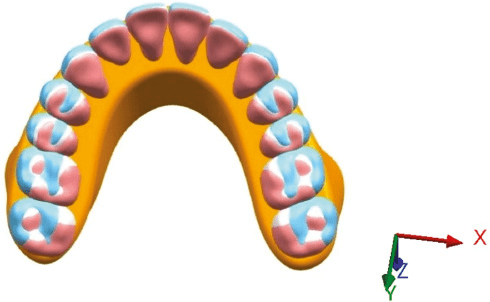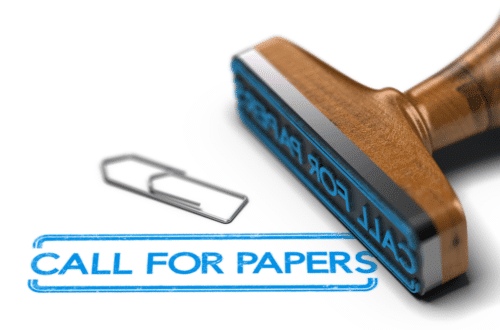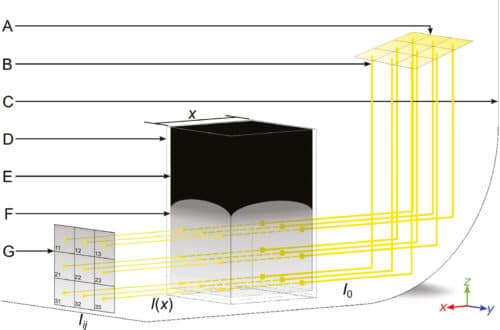
Finite Element Analysis of Orthodontic Relapse in Different Maxillary Arch Form
Announcing a new article publication for BIO Integration journal. In this article the authors Yuanyuan Li, Yiting Shao, Yansong Yu, Yushan Ye and Yingjuan Lu from Sun Yat-sen University, Guangzhou, China discuss finite element analysis of orthodontic relapse in different maxillary arch form.
Orthodontic relapse is fairly common; however, the mechanisms between relapse and the dental arch form remain unclear. The purpose of the study described in this article was to establish three-dimensional (3D) finite element models of different dental arch forms after orthodontic treatment and to analyze the states of different arches applied with various sagittal forces.
By calculating the equations of different dental arch forms and combining them with a full maxillary arch (14 teeth), 3D finite element models of square, oval, and tapered dental arches were established; they were designed to be subjected to anterior lingual, posterior mesial, and combined forces, respectively.
The von Mises stress and displacement of teeth under different forces were calculated for each loading scenario. Under the different forcing scenarios, all incisors had irregularity trends, and the inclination and intrusion of the canines were increased, and the premolars had a tendency to buccal or lingual crown tipping or even intrusion in this study. The tapered arch was the most stable and had the smallest displacement and von Mises stress, followed by the ovoid arch; the most unstable arch was the square arch.
To achieve a stable orthodontic effect, a tapered or ovoid arch, rather than a square arch, should be chosen as the final outcome of treatment.
Article reference: Yuanyuan Li, Yiting Shao, Yansong Yu, Yushan Ye and Yingjuan Lu, Finite Element Analysis of Orthodontic Relapse in Different Maxillary Arch Form. BIO Integration, 2021, https://doi.org/10.15212/bioi-2021-0012
BIO Integration is fully open access journal which will allow for the rapid dissemination of multidisciplinary views driving the progress of modern medicine.
As part of its mandate to help bring interesting work and knowledge from around the world to a wider audience, BIOI will actively support authors through open access publishing and through waiving author fees in its first years. Also, publication support for authors whose first language is not English will be offered in areas such as manuscript development, English language editing and artwork assistance.
BIOI is now open for submissions; articles can be submitted online at:
https://mc04.manuscriptcentral.com/bioi
Please visit www.bio-integration.org to learn more about the journal.
Editorial Board: https://bio-integration.org/editorial-board/
Please visit www.bio-integration.org to learn more about the journal.
Editorial Board: https://bio-integration.org/editorial-board/
BIOI is available on the IngentaConnect platform (https://www.ingentaconnect.com/content/cscript/bioi) and at the BIO Integration website (www.bio-integration.org).
Submissions may be made using ScholarOne (https://mc04.manuscriptcentral.com/bioi).
There are no author submission or article processing fees.
Follow BIOI on Twitter @JournalBio; Facebook (https://www.facebook.com/BIO-Integration-Journal-108140854107716/) and LinkedIn (https://www.linkedin.com/company/bio-integration-journal/).
ISSN 2712-0074
eISSN 2712-0082
Keywords: Dental arch form, finite element analysis, oral biomechanics, orthodontic relapse




